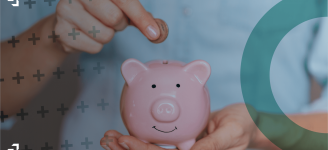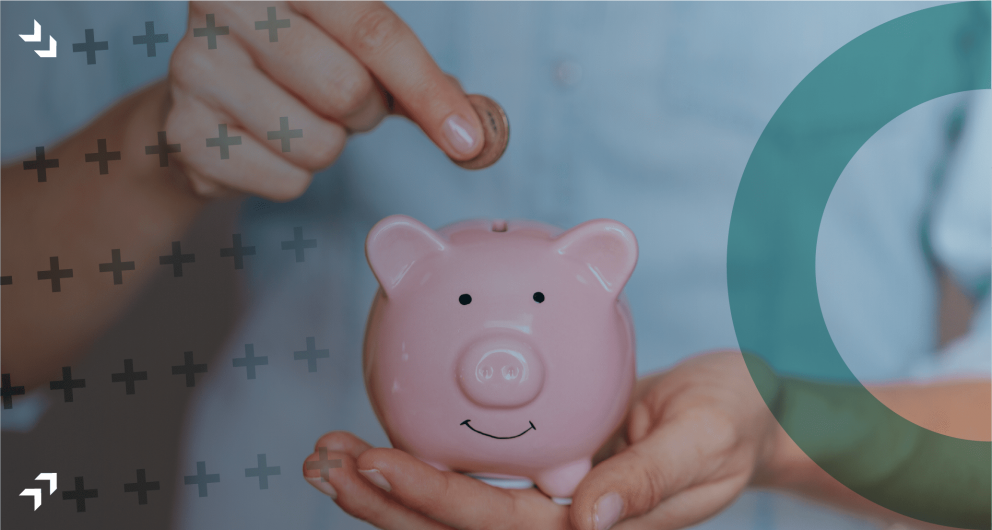- Coaches (3)
- Courses (25)
- Customer Success (10)
- Investment & Fundraising (6)
- Management & Leadership (34)
- Marketing (6)
- Prospecting (19)
- Sales (34)
- Sales Impact Academy News (23)
- Wellbeing (9)
SaaS Companies Must Be Customer Obsessed to Hyper-scale

- Customer Success, Management & Leadership, Sales Impact Academy News
- Simone McNichols-Thomas
- Estimated Reading Time: 6 minutes
The single biggest impact on churn metrics is selling to the wrong customers – this screws downstream metrics which affects valuation leaves a gap in your revenue and is a massive disservice to CS.
In the ‘Age of the Customer’, SaaS businesses need to operate as customer-obsessed companies, ensuring their pre and post-sale organizations are aligned on how best to retain customers.
We spoke about this issue with world-renowned thought leader, Dan Steinman – Chief Evangelist at Gainsight and customer success guru – during his exclusive event ‘The Age of the Customer – Don’t Let Churn Kill Your Business’.
Do you still need convincing? Let’s touch on why customer success should be high up on your priority list:
1. To stay in business your Net Dollar Retention (NDR) must be above 100%
As a mature SaaS company the majority of your revenue should come from your existing customers…Why? Because sales can’t fill the gap left by churning customers long term as you scale!
Pareto’s Principle specifies that 80% of consequences come from 20% of the causes, asserting an unequal relationship between inputs and outputs. This sentiment is no less true for your SaaS business.
For example, this year, “more than 80% of Salesforce’s revenue will come from their existing customers in the form of renewal and upsell” (Dan Steinman).
NDR takes into account upgrades, downgrades, and churn to tell you how much monthly or Annual Recurring Revenue (ARR) from current customers you retained. What you’re aiming for is NDR to be greater than 100%, which means your additional revenue from existing customers is greater than any revenue lost by customers churning.
The larger the company gets and the more Annual Recurring Revenue you bring in, the more churning customers will affect you financially. Larger deals mean a greater loss when customers churn which is why an NDR of at least 120% is essential for SaaS businesses that want to scale.
2. Organisational structure needs to enable customer success
Should the Chief Customer Officer (CCO) report to the CRO or CEO?
The truth is your CCO and CRO need to operate as peers in order to create alignment between Sales and Customer Success AND protect that all-important metric – NDR! They should both report to the CEO.
If the CCO (or the VP of Customer Success) reports to the CRO, their slant in life is always going to be towards sales. “The CRO ultimately owns the sales number, and nothing is going to get in the way of them making their sales number. That means, if you have the CCO reporting to the CRO, Customer Success is going to become a sales-oriented organization”
“You may end up sacrificing long-term retention for short term sales success. In other words, you’ll find a way to sell more to your existing customers, but you’re going to compromise your retention number.” (Dan Steinman)
3. Are you qualifying out non ICP? This is vital for minimizing churn
An ideal customer profile (ICP) is a detailed outline of your ideal customer used to adjust marketing and lead generation tactics.
It is widely understood that “the unique characteristics of your ideal customers make it easier to cut out the noise and laser focus your marketing campaigns—and budget—on prospects more likely to convert” (Leadfeeder). Sticking to your ICP should not only focus your marketing efforts but will also enable your CS team.
Non-ICP are more likely to churn.
You may have a great sales team who is able to convert a non-ICP prospect into a customer but it may be difficult for your CS team to retain this customer long-term if your product doesn’t adequately alleviate the customers pain.
This is why your business must think about churn at every stage of the funnel to ensure you are not setting CS up for failure.
Who is Dan Steinman?
Dan is a recognized domain expert in Customer Success especially in a startup SaaS environment, with a deep understanding of Customer Success, Customer Support, and Professional Services from management, marketing, and business model standpoint.
He has a track record of helping to grow small private companies into public, acquisition-ready companies, such as Epiphany, NearbyNow, Mozes, Marketo.
The event:
Everyone knows that in recurring revenue business, Customer Success is critical. But how did we get here, why did it happen, and is it really critical on an ongoing basis? More importantly, what does the future look like?
We’ll explore these questions and discuss, not just how to do Customer Success, but how to build a company that is customer-focused and what the benefits are of doing so. Trust us, if you get this wrong, you have NO chance of succeeding in the Age of the Customer.
Agenda:
- In the beginning, Customer Success
- Building a customer-focused company
- The evolution of business models
- The business value of Customer Success
- The new post-Sales



